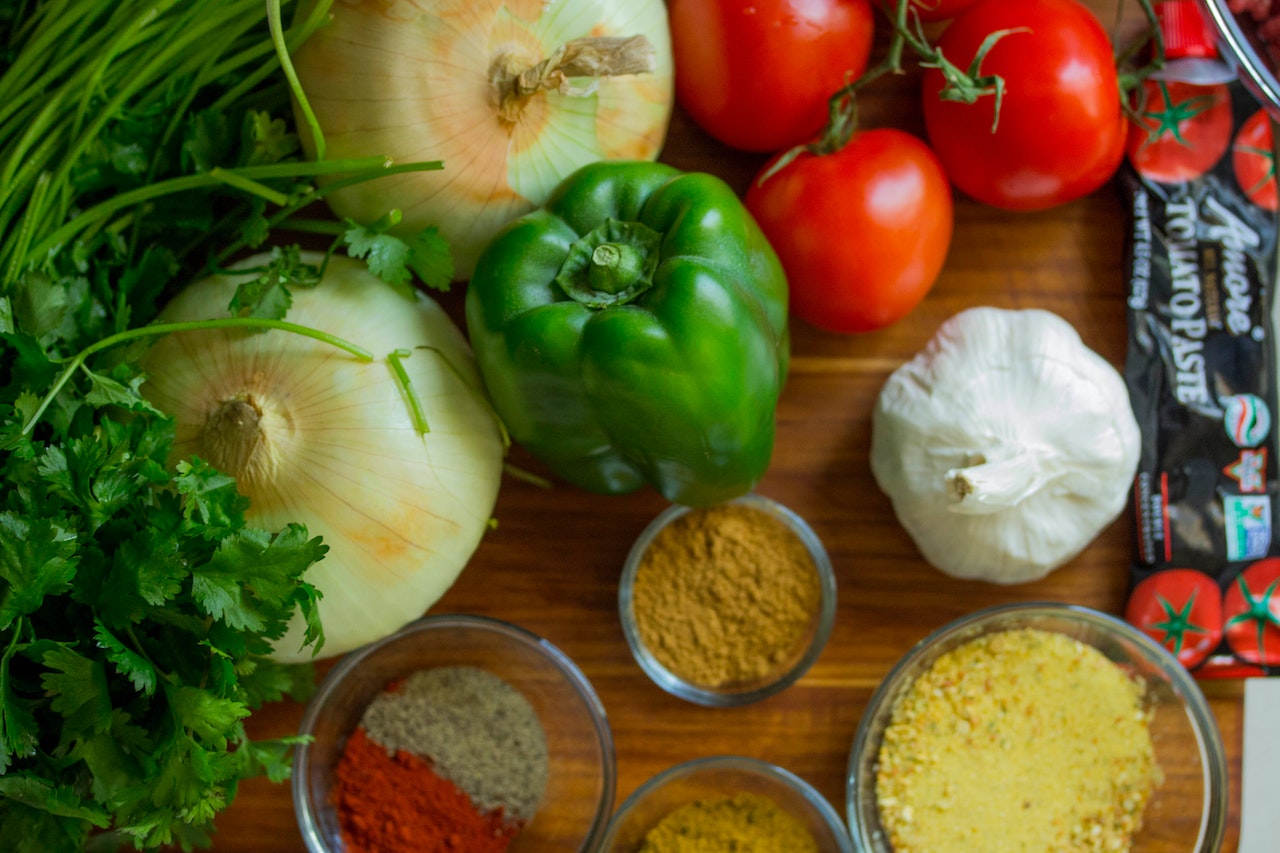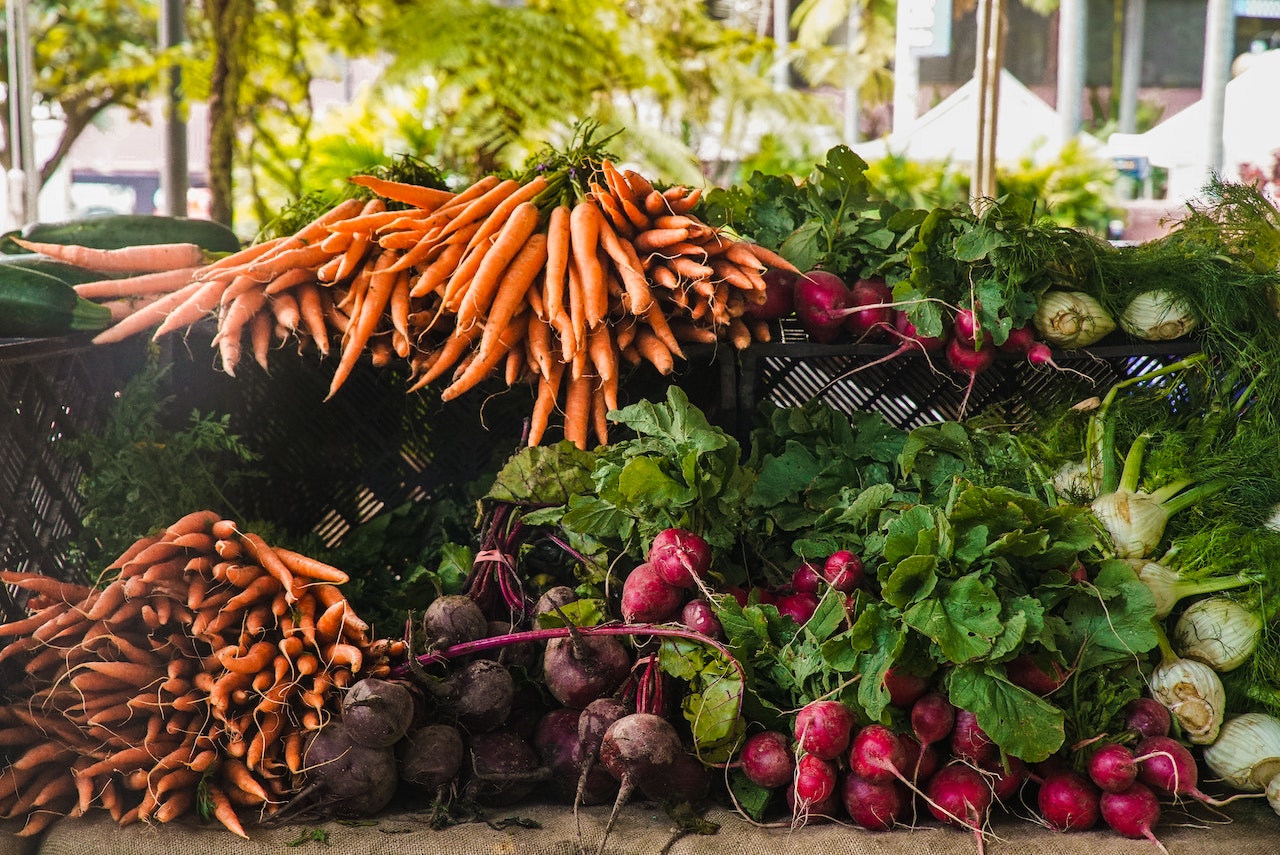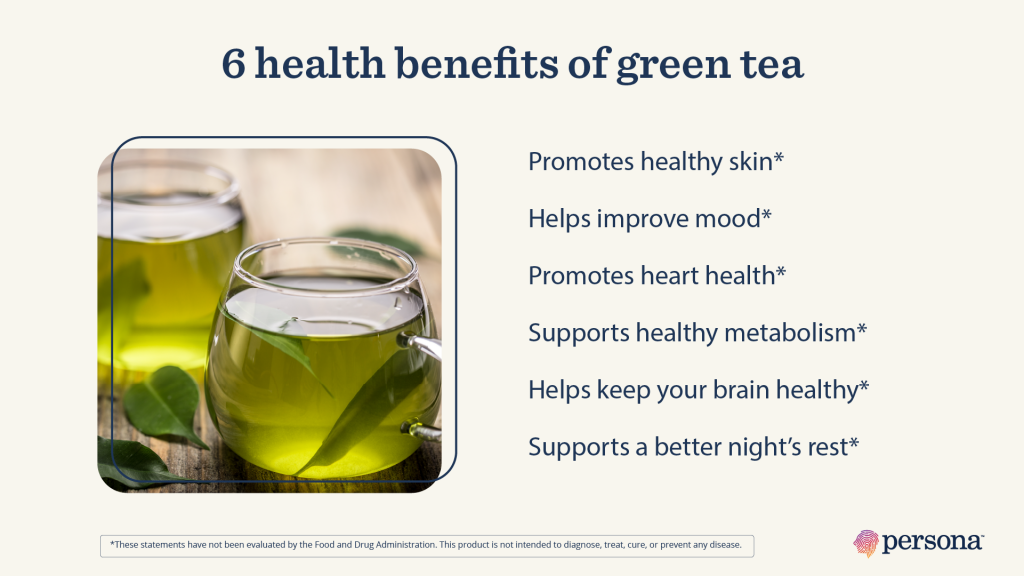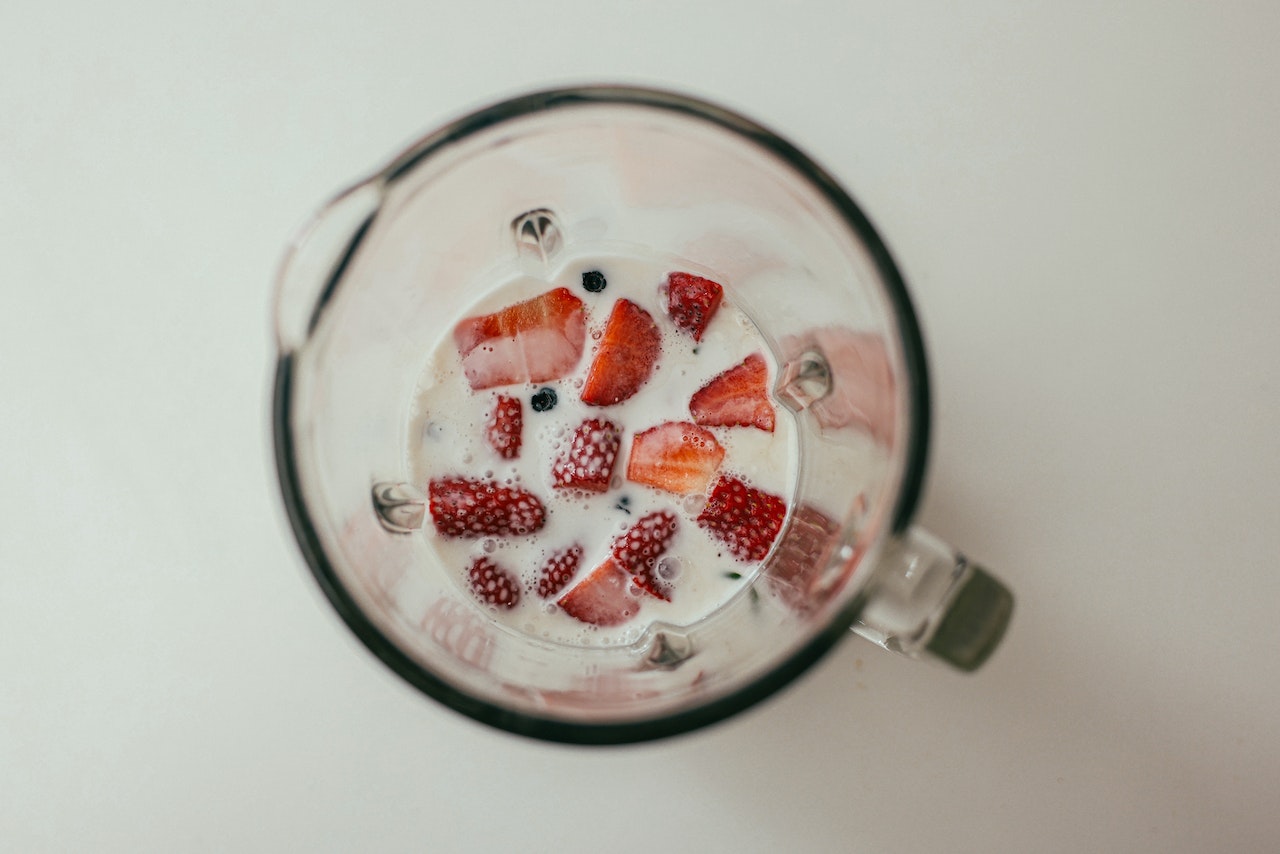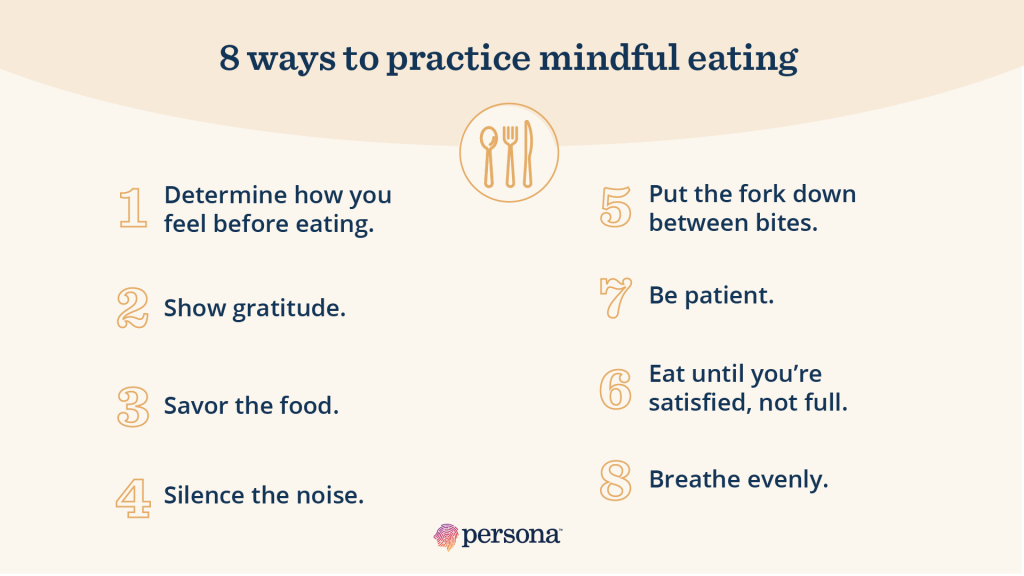With busy schedules and a towering to-do list, setting aside time to make a home-cooked meal is often the last thing you want to do. But cooking doesn’t always have to be time-consuming or hard. Here are 3 easy dinners you can make in under an hour—but taste like they’ve had all day for the flavors to mingle.
1. Pollo Guisado
This one-pot chicken stew is not only delicious when it’s fresh, but it also makes amazing leftovers! Serve it over piping hot grains with a side of tomato and cucumber salad.
Ingredients
- 8 boneless, skinless chicken thighs, cut into 1-inch cubes
- 1 small onion
- 1 stalk celery
- 1 small green bell pepper, seeds removed
- 4 garlic cloves
- 6 stalks parsley (stems & leaves)
- 1 sprig of thyme
- Juice from ½ a lemon
- Olive oil
- Salt
- Freshly ground pepper
- ½ cup chicken stock, plus extra if needed
- 1 14.5-ounce can diced tomatoes
- 1 large waxy potato, peeled and diced into medium-sized cubes
- ¼ cup capers (optional)
Preparation
- Finely chop the onion, celery, bell pepper, garlic, parsley, and thyme by hand or with a food processor. Use half the seasoning to marinate the chicken and reserve half to add to the stew later on.
- Marinate the chicken pieces in the seasonings, lemon juice, 2 tablespoons olive oil, 2 teaspoons salt and 1 teaspoon pepper for at least 15 minutes.
- In a large pot, heat 2 tablespoons olive oil over medium heat. Brown the chicken on both sides.
- Add the stock, tomatoes, potatoes, capers, and the remaining seasoning. Stir well to release any flavorful browned bits from the bottom of the pot. Add additional stock, if needed, to cover the chicken. Cover with a lid and reduce the heat to low.
- Cook until the potatoes are tender and the chicken is cooked through, about 30 minutes. Add salt and pepper to taste.

2. Pork stir fry
A secret to great stir fry is to cut the vegetables and protein into uniform, bite-size pieces. The marinade will penetrate better and the vegetables will cook faster while staying crisp! Also, use an oil that can tolerate high heat like avocado oil and keep your pan hot throughout the cooking process.
Note: Don’t eat pork? Substitute with another protein like tofu.
Ingredients
- 1 lb. pork tenderloin, cut into thin strips
- 1 20-ounce bag of frozen stir fry vegetables. Alternatively, slice up your favorite fresh veggies.
- Avocado or canola oil
- ½ cup teriyaki sauce
Pork marinade
- 1 ½ tablespoons regular or dark soy sauce
- 1 teaspoon freshly grated ginger
- 1 teaspoon minced garlic
- 2 teaspoons mirin or rice wine
- ½ teaspoon ground black pepper
- 1 tablespoon oil
- 1 tablespoon cornstarch
Preparation
- Mix the ingredients for the marinade in a bowl. Add the tenderloin strips, coat well, and marinate for at least 15 minutes.
- Heat 2 tablespoons of oil in a wok or large non-stick skillet over medium heat. Add the pork and cook until completely cooked through, about 7 minutes. Remove the pork from the work and set aside.
- Wipe the pan then increase the heat to high. When it’s very hot, add 1 tablespoon of oil. Stir fry the vegetables for 5 – 7 minutes, or until they are crisp-tender. Turn off the heat.
- Add the pork and the teriyaki sauce and stir well.
3. Pasta with creamy red pepper sauce
Reminiscent of an alla Vodka sauce but with a red pepper flavor! Delicious, creamy and a great way to sneak in vegetables! Pair it with your favorite pasta. In my opinion, one that’s tubular (like penne) or is flat (like farfalle) works best!
Ingredients
- 1 lb. farfalle, cooked
- Olive oil
- 1 large red bell pepper, deseeded and sliced
- 1 small onion, sliced
- 6 button mushrooms, sliced
- 4 cloves garlic, minced
- 1 8-ounce can tomato sauce
- ¼ cup vegetable stock or water, plus extra if needed
- 2 tablespoons minced parsley
- 2 teaspoons chopped fresh oregano leaves
- 2 teaspoons chopped fresh basil leaves
- ½ teaspoon red pepper flakes
- ¼ cup light cream or a plant-based milk (cashew or soy milk works great)
- 2 tablespoons butter
- Salt
- Freshly ground pepper
Preparation
- Heat 2 tablespoons olive oil in a non-stick skillet over medium heat. Sauté the bell pepper, onion and mushrooms until tender, about 5 minutes. Add the garlic and sauté for 1 more minute. Set aside ⅓ of the sautéed mixture.
- To the skillet, add the tomato sauce, stock or water, oregano and basil and 1 tablespoon parsley. Bring to a simmer and season lightly with salt and pepper. Cool for a few minutes then transfer to a blender.
- Blend with the red pepper flakes, milk and butter until smooth. Pour into the skillet and add the cooked farfalle and reserved sautéed mixture. Add salt and pepper to taste.
About Ruby
Ruby is a Registered Pharmacist, Board Certified-medication Management Specialist, and Personal Chef. She believes that whole health creates more vibrant living and is a strong advocate for integrative wellness.
Do you have questions about supplements? Reach out to one of our experts, or take Persona’s free nutrition assessment, and learn exactly what you need to take your wellness to the next level.
*These statements have not been evaluated by the Food and Drug Administration. This product is not intended to diagnose, treat, cure, or prevent any disease.
This information is not intended as a substitute for the advice provided by your physician or other healthcare professional, or any information contained on or in any product label or packaging. Do not use the information from this article for diagnosing or treating a health problem or disease, or prescribing medication or other treatment. Always speak with your physician or other healthcare professional before taking any medication or nutritional, herbal, or homeopathic supplement, or using any treatment for a health problem. If you have or suspect that you have a medical problem, contact your health care provider promptly. Do not disregard professional medical advice or delay in seeking professional advice because of something you have read in this article.
